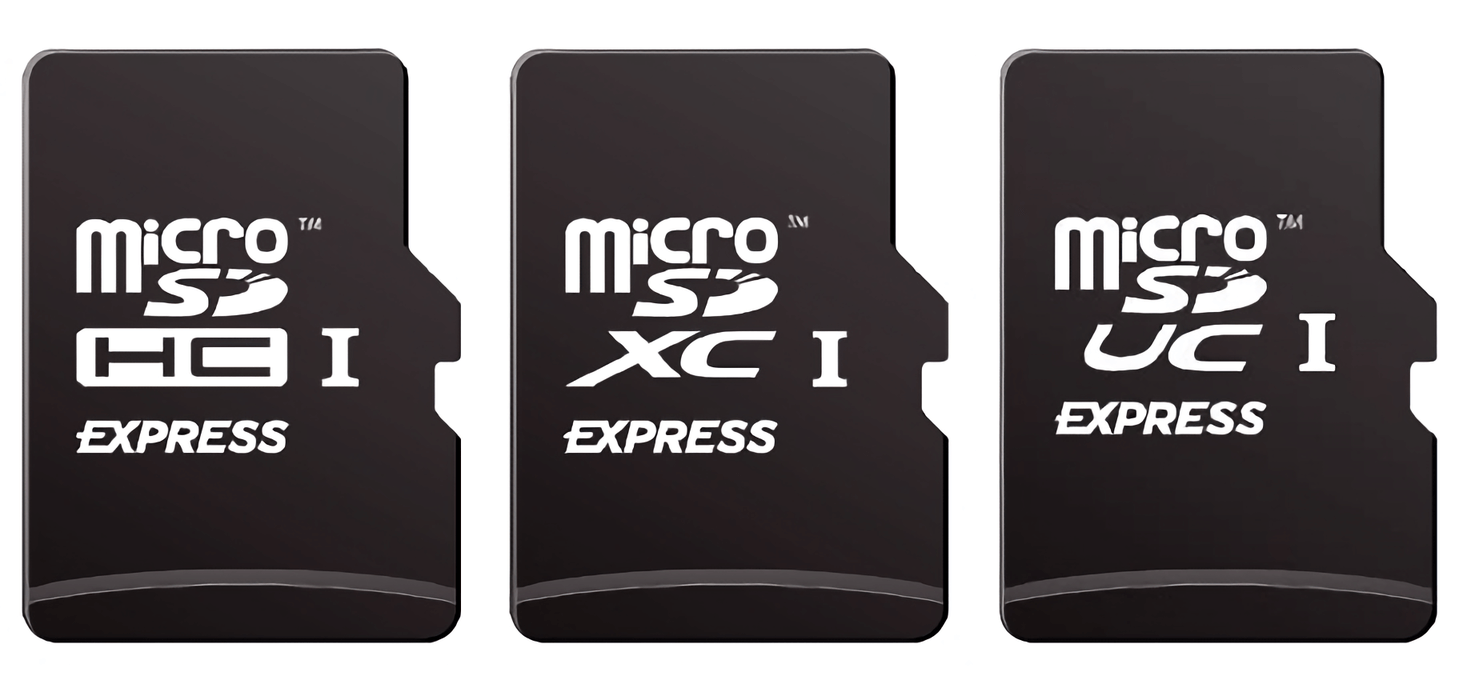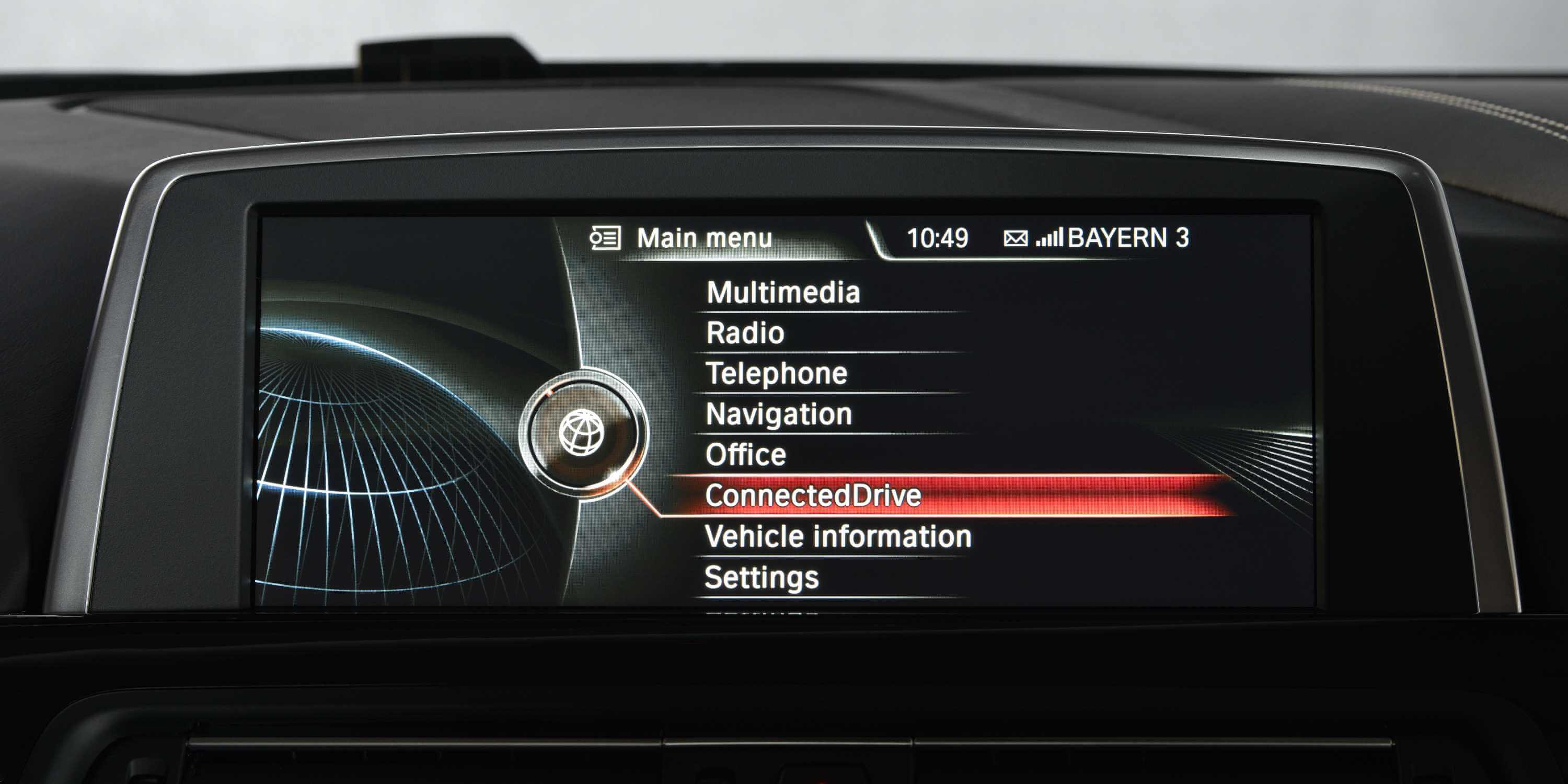The big picture: Imagine if every electronic device you owned with storage replaced its slow interfaces with NVMe solid state drives. That is precisely what SD Express and microSD Express cards can do. Offering speeds equivalent to many SSDs, SD Express cards will be functionally similar to removable SSDs.

Mobile World Congress 2019 is upon us, but there are more than just shiny new smartphones to share. The SD Association has announced that microSD Express cards will be arriving under the SD 7.1 specification, which offers PCI Express and NVMe interfaces.
Utilizing PCI Express and NVMe allows for data transfer rates of up to 985MB/s and will still allow for backwards compatibility at the expense of speed. As mobile device cameras continue to improve, games get bigger, and more complex desktop apps are able to run on tablets or large phones, the need for fast, large capacity storage is clear.
MicroSD Express makes use of the PCIe 3.1 standard as well as NVMe 1.3. As a result, future microSD Express cards will use the same or less power than current options available. Low power sub-states ensure that maximum energy consumption is at or below what previous generations have achieved. Knowing that numerous breakthroughs in battery technology never seem to appear on the market, a speed increase without a power increase is an important factor to consider.

Additions to the SD specification are not just about smartphones. An increasing number of IoT devices and automotive uses of microSD cards will also benefit from higher speed options.
In effect, the SD Association has allowed for "memory cards to serve as removable Solid State Drives." Adoption is going to take years across industries, but the stage has been set to eliminate slow storage in mobile devices.
A brief white paper on SD Express has been published detailing need and use for the new standards. For those that would rather not read a white paper, a video has been created to give a condensed explanation.
https://www.techspot.com/news/78909-microsd-express-allows-removable-ssd-levels-performance.html